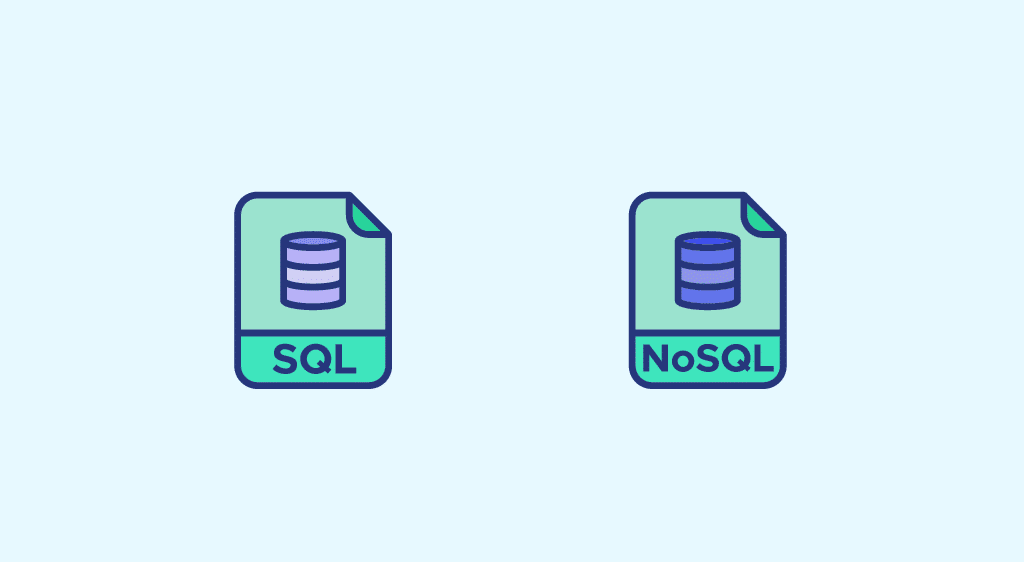For a long time, SQL (Structured Query Language) databases were the dominant force. They are based on the relational model, where data is organized into tables with fixed schemas. Think of it like a well-organized spreadsheet – each row represents a record, and each column represents an attribute.
Key Characteristics of SQL Databases:
- Relational Schema: Data is structured into tables with predefined columns and relationships between them.
- Structured Data: Data must conform to the schema, ensuring consistency and integrity.
- ACID Properties: Transactions in SQL databases are typically Atomic, Consistent, Isolated, and Durable, guaranteeing data reliability.
- Powerful Querying: SQL provides a robust language for querying and manipulating data.
Common Use Cases for SQL Databases:
- Applications requiring complex transactions (e.g., banking, e-commerce).
- Systems where data integrity and consistency are paramount.
- Traditional business applications with well-defined data structures.
Potential Drawbacks of SQL Databases:
- Can face scalability challenges when dealing with massive amounts of unstructured or rapidly changing data.
- Schema rigidity can make it difficult to adapt to evolving data requirements.
In contrast, NoSQL (Not Only SQL) databases emerged to address the limitations of SQL databases, particularly in handling the explosion of diverse and unstructured data from the internet and modern applications. NoSQL databases offer more flexibility in their data models.
Key Characteristics of NoSQL Databases:
- Flexible Schema: NoSQL databases often have dynamic or schema-less designs, allowing for different structures within the same database.
- Various Data Models: NoSQL encompasses several types of databases, including:
- Key-Value Stores: Simple key-value pairs (e.g., Redis, Memcached).
- Document Databases: Data is stored as JSON-like documents (e.g., MongoDB, Couchbase).
- Column-Family Databases: Data is organized into columns rather than rows (e.g., Cassandra, HBase).
- Graph Databases: Data is represented as nodes and edges, ideal for relationship analysis (e.g., Neo4j).
- BASE Properties: NoSQL databases often prioritize Basically Available, Soft State, and Eventually Consistent over strict ACID properties, allowing for greater scalability and availability.
Common Use Cases for NoSQL Databases:
- Handling large volumes of unstructured or semi-structured data (e.g., social media feeds, sensor data).
- Applications with high read and write loads.
- Real-time data processing and analytics.
- Applications with rapidly evolving data structures.
Potential Drawbacks of NoSQL Databases:
- Consistency might be eventual, meaning it can take some time for updates to propagate across the system.
- Querying capabilities can vary significantly between different NoSQL database types and might not be as standardized as SQL.
- Managing relationships between data can be more complex in some NoSQL databases compared to relational databases.
Here's a table summarizing the key differences:
| Feature | SQL Databases | NoSQL Databases |
|---|---|---|
| Data Model | Relational (tables) | Key-Value, Document, Graph, Column |
| Schema | Fixed, predefined | Flexible, dynamic, schema-less |
| Transactions | ACID | Typically BASE |
| Consistency | Strong | Often eventual |
| Query Language | SQL | Varies depending on the type |
| Scalability | Primarily vertical | Often horizontal |
| Best Suited For | Structured, complex relationships, high data integrity | Unstructured/semi-structured, high volume, high throughput |
Choosing the Right Database:
The choice between SQL and NoSQL depends heavily on the specific requirements of your project. Consider factors like:
- Data Structure: Is your data highly structured with clear relationships, or is it more flexible and evolving?
- Scalability Needs: Do you anticipate handling massive amounts of data and high traffic?
- Consistency Requirements: How critical is immediate consistency for your application?
- Transaction Complexity: Does your application involve complex transactions that require ACID properties?
- Team Expertise: What database technologies is your team most familiar with?
Conclusion:
Both SQL and NoSQL databases have their strengths and weaknesses. There's no one-size-fits-all solution. Often, modern applications even employ a combination of both types to leverage their respective advantages. Understanding the core differences between them is crucial for making informed decisions about your data management strategy.
Stay tuned for the next episode of our daily comparison series where we'll explore another interesting topic!
